 Welcome
Welcome
“May all be happy, may all be healed, may all be at peace and may no one ever suffer."
HIV / AIDS

HIV (human immunodeficiency virus) is a virus that attacks the immune system, which is responsible for fighting off infections and diseases. If left untreated, HIV can eventually lead to AIDS (acquired immunodeficiency syndrome), which is a condition characterized by a weakened immune system and increased susceptibility to life-threatening infections and cancers.
HIV is primarily spread through unprotected sexual contact with an infected individual, sharing needles or syringes with an infected person, or mother-to-child transmission during pregnancy, childbirth, or breastfeeding.
Early symptoms of HIV may include fever, headache, sore throat, and swollen lymph nodes, but many people with HIV do not experience symptoms for years. Without treatment, the virus can eventually lead to AIDS, which is characterized by a variety of symptoms such as persistent fever, weight loss, night sweats, and frequent infections.
There is no cure for HIV or AIDS, but antiretroviral therapy (ART) can help to suppress the virus and allow individuals to live long and healthy lives. ART involves taking a combination of medications on a regular basis to reduce the amount of HIV in the body and prevent further damage to the immune system.
Prevention of HIV involves taking precautions to avoid exposure to the virus, such as practicing safe sex, not sharing needles or syringes, and using pre-exposure prophylaxis (PrEP) medications for individuals at higher risk of infection.
If you think you may have been exposed to HIV or have symptoms of the infection, it is important to see a healthcare provider for testing and treatment.
Research Papers
Disease Signs and Symptoms
- Fever
- Swollen lymph nodes often one of the first signs of HIV infection
- Sore throat and painful mouth sores
- Weakness
- Fever and chills
- Night sweats
- Cough
- Weight loss
- Diarrhea
- Swollen glands
- Sore throat
- Mouth sores
- Skin rash
- Muscle pain
- Joint pain
- Headaches
- Oral yeast infection (thrush)
Disease Causes
HIV / AIDS
HIV is caused by a virus. It can spread through sexual contact, illicit injection drug use or sharing needles, contact with infected blood, or from mother to child during pregnancy, childbirth or breastfeeding.
HIV destroys CD4 T cells — white blood cells that play a large role in helping your body fight disease. The fewer CD4 T cells you have, the weaker your immune system becomes.
How does HIV become AIDS?
You can have an HIV infection, with few or no symptoms, for years before it turns into AIDS. AIDS is diagnosed when the CD4 T cell count falls below 200 or you have an AIDS-defining complication, such as a serious infection or cancer.
How HIV spreads
To become infected with HIV, infected blood, semen or vaginal secretions must enter your body. This can happen in several ways:
- By having sex. You may become infected if you have vaginal, anal or oral sex with an infected partner whose blood, semen or vaginal secretions enter your body. The virus can enter your body through mouth sores or small tears that sometimes develop in the rectum or vagina during sexual activity.
- By sharing needles. Sharing contaminated injection drug paraphernalia (needles and syringes) puts you at high risk of HIV and other infectious diseases, such as hepatitis.
- From blood transfusions. In some cases, the virus may be transmitted through blood transfusions. Hospitals and blood banks screen the blood supply for HIV, so this risk is very small in the U.S. and other upper-middle-income countries. The risk may be higher in low-income countries that are not able to screen all donated blood.
- During pregnancy or delivery or through breastfeeding. Infected mothers can pass the virus on to their babies. Mothers who are HIV-positive and get treatment for the infection during pregnancy can significantly lower the risk to their babies.
How HIV doesn't spread
You can't become infected with HIV through ordinary contact. That means you can't catch HIV or AIDS by hugging, kissing, dancing or shaking hands with someone who has the infection.
HIV isn't spread through the air, water or insect bites.
Disease Prevents
HIV / AIDS
There's no vaccine to prevent HIV infection and no cure for HIV/AIDS. But you can protect yourself and others from infection.
To help prevent the spread of HIV:
- Consider preexposure prophylaxis (PrEP). The combination oral drugs emtricitabine plus tenofovir disoproxil fumarate (Truvada) and emtricitabine plus tenofovir alafenamide fumarate (Descovy) can reduce the risk of sexually transmitted HIV infection in people at very high risk. PrEP can reduce your risk of getting HIV from sex by about 99% and from injection drug use by at least 74%, according to the Centers for Disease Control and Prevention. Descovy hasn't been studied in people who have receptive vaginal sex.
- The FDA recently approved cabotegravir (Apretude), the first injectable PrEP to reduce the risk of sexually transmitted HIV infection in people at very high risk. The injection is given by a health care provider. After the first two monthly injections, cabotegravir is given every two months. The injection is an option in place of a daily PrEP pill.
- Your health care provider will prescribe these drugs for HIV prevention only if you don't already have HIV infection. You will need an HIV test before you start taking any PrEP. The test should then be done every three months for pills or before each injection for as long as you're taking PrEP. Your health care provider will also test your kidney function before prescribing Truvada and continue to test it every 6 to 12 months. Other regular testing may also be needed.
- You need to take the pill form every day or closely follow the injection schedule for cabotegravir. They don't prevent other STIs, so you'll still need to practice safe sex. If you have hepatitis B, you should be evaluated by an infectious disease or liver specialist before beginning therapy.
- Use treatment as prevention (TasP). If you're living with HIV, taking HIV medication can keep your partner from becoming infected with the virus. If you make sure your viral load stays undetectable — a blood test doesn't show any virus — you won't transmit the virus to anyone else through sex. Using TasP means taking your medication exactly as prescribed and getting regular checkups.
- Use post-exposure prophylaxis (PEP) if you've been exposed to HIV. If you think you've been exposed through sex, needles or in the workplace, contact your health care provider or go to the emergency department. Taking PEP as soon as possible within the first 72 hours can greatly reduce your risk of becoming infected with HIV. You will need to take medication for 28 days.
- Use a new condom every time you have sex. Use a new condom every time you have anal or vaginal sex. Women can use a female condom. If using a lubricant, make sure it's water-based. Oil-based lubricants can weaken condoms and cause them to break. During oral sex use a nonlubricated, cut-open condom or a dental dam — a piece of medical-grade latex.
- Tell your sexual partners if you have HIV. It's important to tell all your current and past sexual partners that you're HIV-positive. They'll need to be tested.
- Use a clean needle. If you use a needle to inject illicit drugs, make sure it's sterile and don't share it. Take advantage of needle-exchange programs in your community. Consider seeking help for your drug use.
- If you're pregnant, get medical care right away. If you're HIV-positive, you may pass the infection to your baby. But if you receive treatment during pregnancy, you can significantly cut your baby's risk.
- Consider male circumcision. There's evidence that male circumcision can help reduce the risk of getting HIV infection.
Disease Treatments
Currently, there's no cure for HIV/AIDS. Once you have the infection, your body can't get rid of it. However, there are many medications that can control HIV and prevent complications. These medications are called antiretroviral therapy (ART). Everyone diagnosed with HIV should be started on ART, regardless of their stage of infection or complications.
ART is usually a combination of two or more medications from several different drug classes. This approach has the best chance of lowering the amount of HIV in the blood. There are many ART options that combine multiple HIV medications into one pill, taken once daily.
Each class of drugs blocks the virus in different ways. Treatment involves combinations of drugs from different classes to:
- Account for individual drug resistance (viral genotype)
- Avoid creating new drug-resistant strains of HIV
- Maximize suppression of virus in the blood
Two drugs from one class, plus a third drug from a second class, are typically used.
The classes of anti-HIV drugs include:
- Non-nucleoside reverse transcriptase inhibitors (NNRTIs) turn off a protein needed by HIV to make copies of itself.
- Examples include efavirenz (Sustiva), rilpivirine (Edurant) and doravirine (Pifeltro).
- Nucleoside or nucleotide reverse transcriptase inhibitors (NRTIs) are faulty versions of the building blocks that HIV needs to make copies of itself.
- Examples include abacavir (Ziagen), tenofovir disoproxil fumarate (Viread), emtricitabine (Emtriva), lamivudine (Epivir) and zidovudine (Retrovir).
- Combination drugs also are available, such as emtricitabine/tenofovir disoproxil fumarate (Truvada) and emtricitabine/tenofovir alafenamide fumarate (Descovy).
- Protease inhibitors (PIs) inactivate HIV protease, another protein that HIV needs to make copies of itself.
- Examples include atazanavir (Reyataz), darunavir (Prezista) and lopinavir/ritonavir (Kaletra).
- Integrase inhibitors work by disabling a protein called integrase, which HIV uses to insert its genetic material into CD4 T cells.
- Examples include bictegravir sodium/emtricitabine/tenofovir alafenamide fumarate (Biktarvy), raltegravir (Isentress), dolutegravir (Tivicay) and cabotegravir (Vocabria).
- Entry or fusion inhibitors block HIV's entry into CD4 T cells.
- Examples include enfuvirtide (Fuzeon) and maraviroc (Selzentry).
Starting and maintaining treatment
Everyone with HIV infection, regardless of the CD4 T cell count or symptoms, should be offered antiviral medication.
Remaining on effective ART with an undetectable HIV viral load in the blood is the best way for you to stay healthy.
For ART to be effective, it's important that you take the medications as prescribed, without missing or skipping any doses. Staying on ART with an undetectable viral load helps:
- Keep your immune system strong
- Reduce your chances of getting an infection
- Reduce your chances of developing treatment-resistant HIV
- Reduce your chances of transmitting HIV to other people
Staying on HIV therapy can be challenging. It's important to talk to your health care provider about possible side effects, difficulty taking medications, and any mental health or substance use issues that may make it difficult for you to maintain ART.
Having regular follow-up appointments with your health care provider to monitor your health and response to treatment is also important. Let your provider know right away if you're having problems with HIV therapy so that you can work together to find ways to address those challenges.
Treatment side effects
Treatment side effects can include:
- Nausea, vomiting or diarrhea
- Heart disease
- Kidney and liver damage
- Weakened bones or bone loss
- Abnormal cholesterol levels
- Higher blood sugar
- Cognitive and emotional problems, as well as sleep problems
Treatment for age-related diseases
Some health issues that are a natural part of aging may be more difficult to manage if you have HIV. Some medications that are common for age-related heart, bone or metabolic conditions, for example, may not interact well with anti-HIV medications. It's important to talk to your health care provider about your other health conditions and the medications you're taking.
If you are started on medications by another health care provider, it's important to let the provider know about your HIV therapy. This will allow the provider to make sure there are no interactions between the medications.
Treatment response
Your health care provider will monitor your viral load and CD4 T cell counts to determine your response to HIV treatment. These will be initially checked at 4 to 6 weeks, and then every 3 to 6 months.
Treatment should lower your viral load so that it's undetectable in the blood. That doesn't mean your HIV is gone. Even if it can't be found in the blood, HIV is still present in other places in your body, such as in lymph nodes and internal organs.
Disease Diagnoses
Disease Allopathic Generics
Disease Ayurvedic Generics
Disease Homeopathic Generics
Disease yoga
HIV / AIDS and Learn More about Diseases
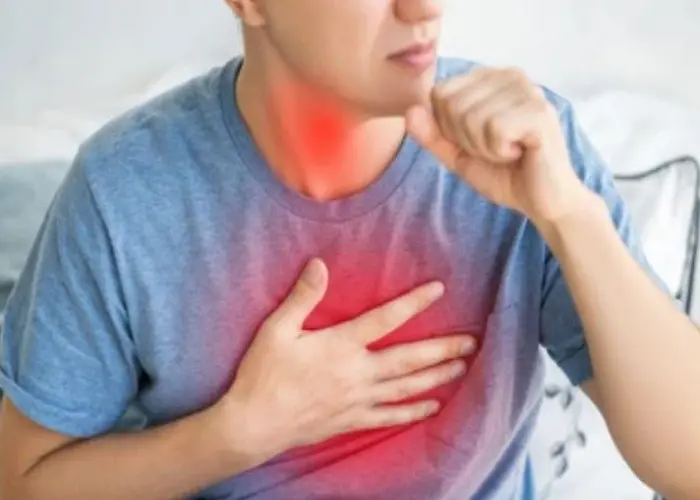
Chronic cough
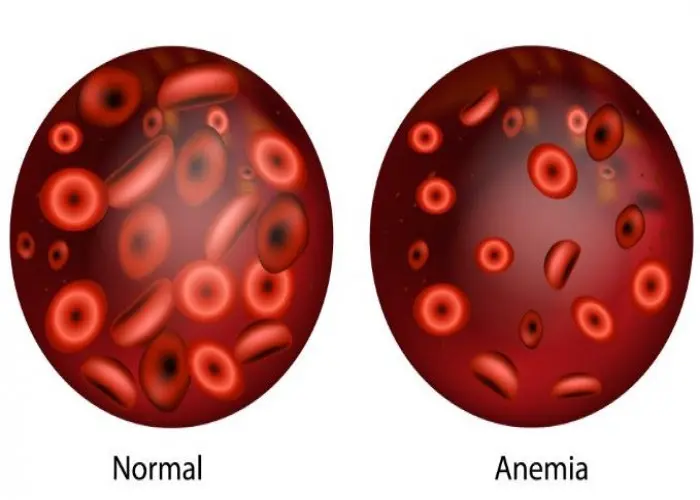
Iron deficiency anemia

Sleep disorders
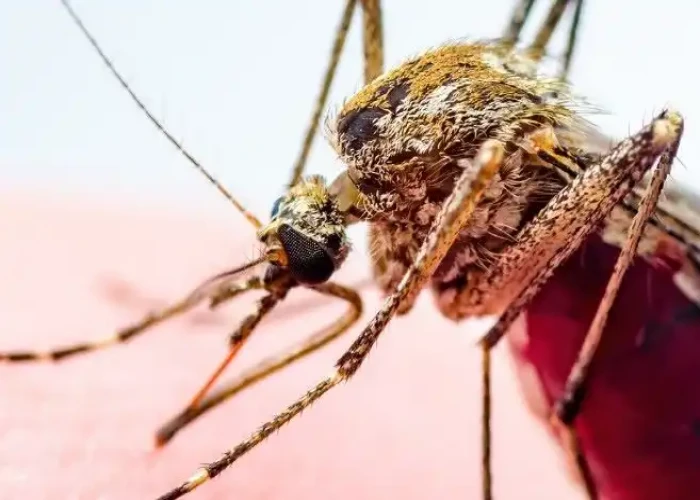
Valley fever
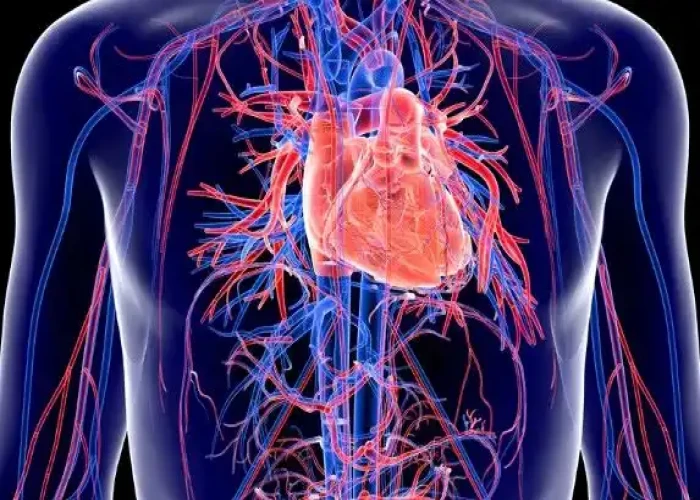
Transposition of the great arteries

Burns

Neck pain
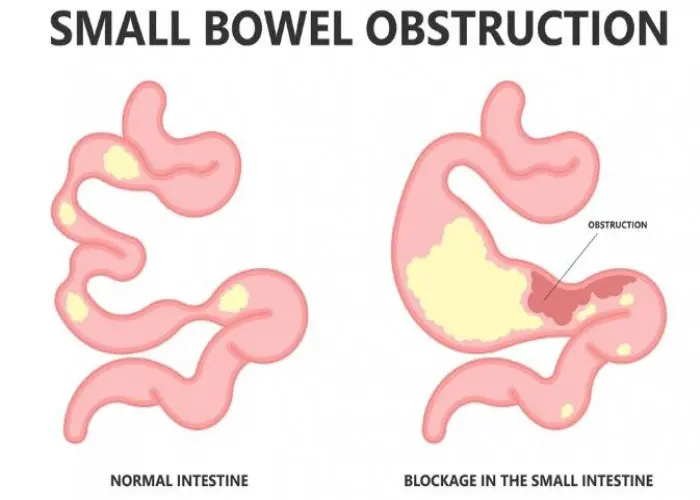
Intestinal obstruction
hiv, aids, এইচআইভি, এইডস
To be happy, beautiful, healthy, wealthy, hale and long-lived stay with DM3S.
